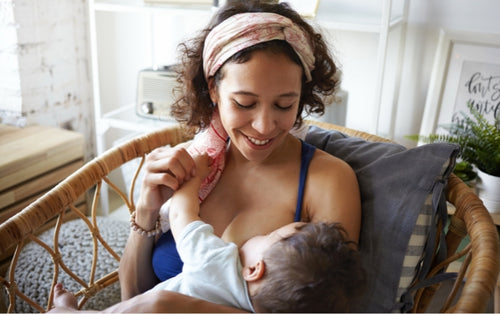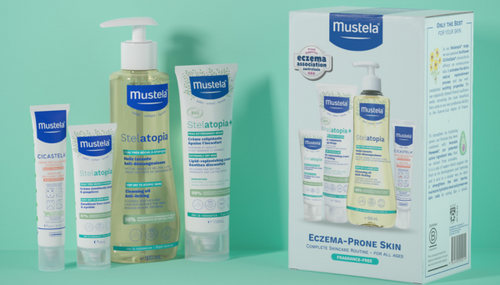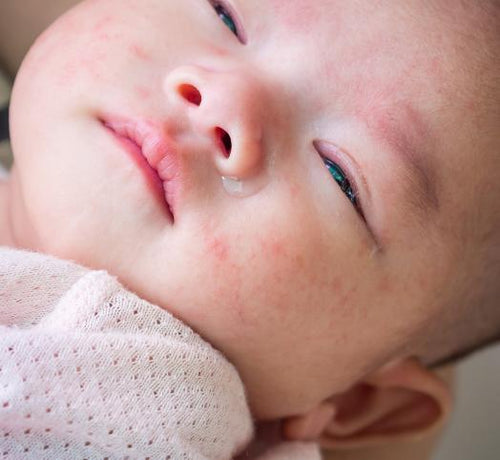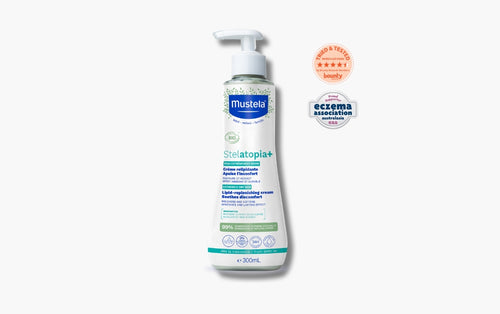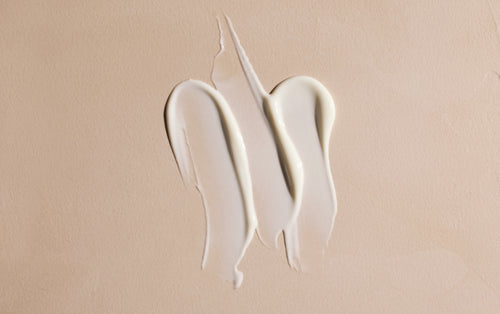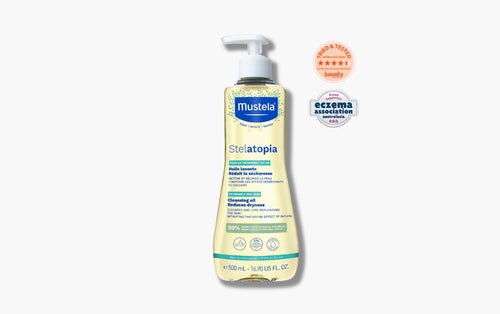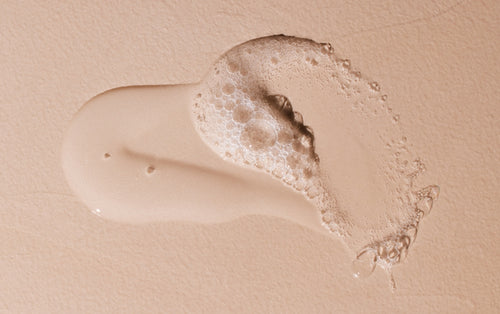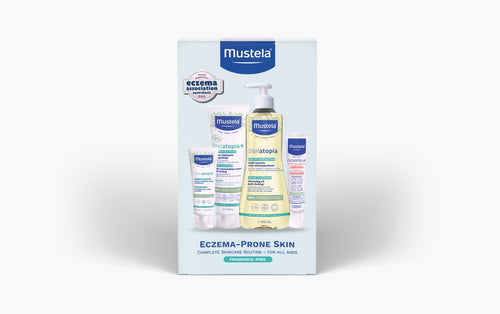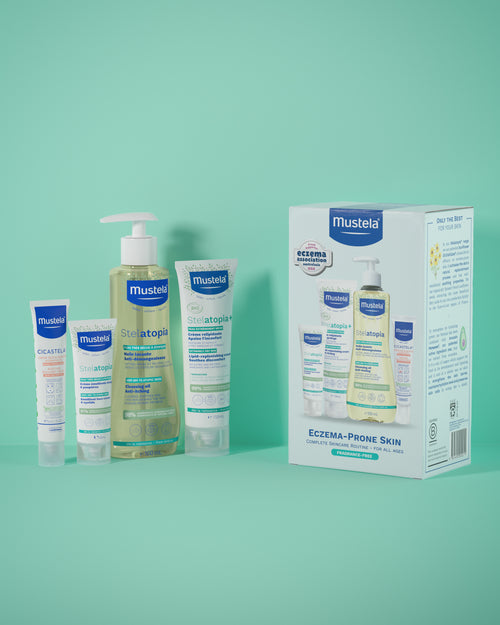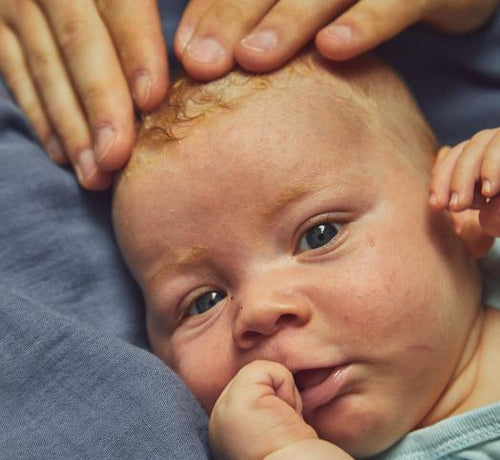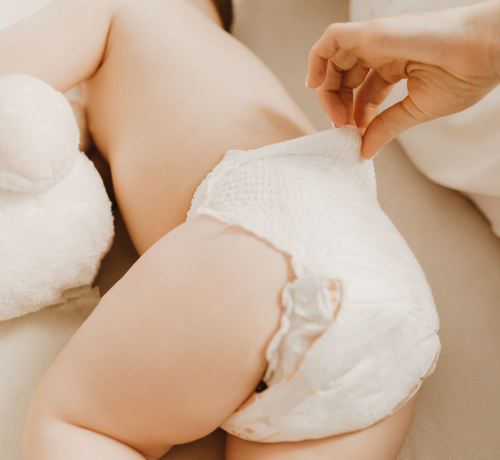Eczema can affect any part of the body, but certain areas are more prone to developing red, itchy patches, depending on your baby's age. While applying an emollient cream all over your baby's body is essential, paying extra attention to eczema-prone areas can provide additional relief and help improve sleep quality. Here's a breakdown of where to expect eczema flare-ups depending on your baby's age:
Birth to 12 months: Plumper areas such as the cheeks, forehead, arms and tummy are often concerned.
12 months to 3 years: Skin folds such as the elbows, back of the knees and behind the ears tend to be more prone to eczema at this stage.
3 to 6 years: In this age group, eczema often appears on the hands and face, especially around the mouth and eyelids.
Paying extra attention to these areas and using products like Stelatopia+ Lipid Replenishing Cream can help your baby's skin repair. Emollient creams also help to restore the skin's natural protective layer, reducing the frequency of flare-ups and providing a deeper, more restful sleep for both you and your baby. Although eczema is a genetic condition that cannot be cured entirely, managing the symptoms (red, swollen, itchy patches) with products from our Stelatopia range can help prevent flare-ups, even in older children, teenagers and adults.

